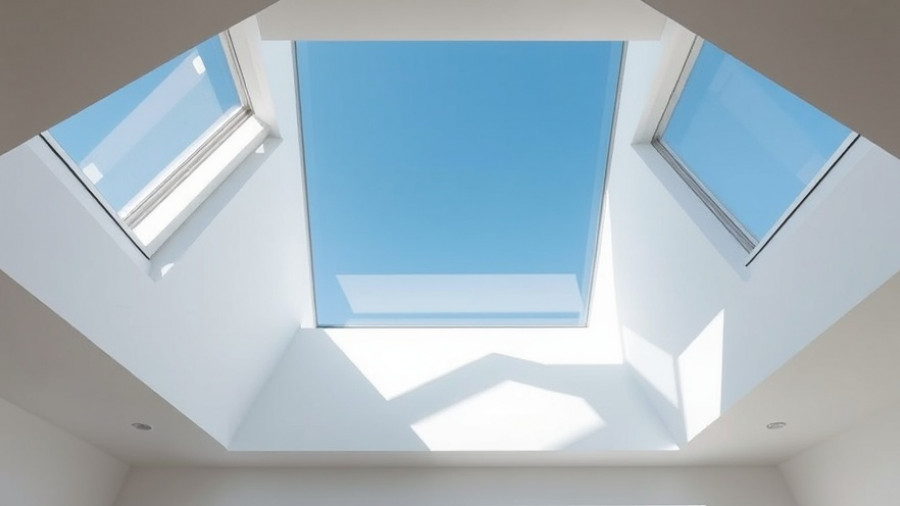
Understanding Energy Costs: The True Price of Hot Water
In many households, particularly in bustling cities like London, hot water is a major contributor to energy bills. Activities like showering, washing dishes, and doing laundry heavily rely on heated water, which can drive up costs significantly. Traditional hot water systems, particularly outdated electric storage tanks, constantly consume energy to maintain warmth even when water isn't in use, leading to what is known as standby energy loss. As energy prices surge, homeowners are feeling the pinch from these inefficiencies, prompting the need for modern solutions.
Innovations in Water Heating Technology: A Greener Future
Fortunately, today's advancements in water heating technologies provide golden opportunities for energy savings. Not only can switching to smarter systems alleviate monthly bills, but they also positively impact the environment.
Continuous Flow Systems: Rather than heating a tank of water, continuous flow systems heat water on demand, ensuring that you're only using energy when you need it. This technology eradicates standby energy losses entirely, providing a virtually endless supply of hot water.
Heat Pump Technology: Heat pumps work cleverly by extracting warmth from the surrounding air. These systems utilize considerably less electricity while keeping your water hot enough for all your needs, marking an eco-friendly change that reduces your home's carbon footprint.
Solar Integration: Capitalizing on the sun’s energy, solar hot water systems use clean, renewable resources to heat water, often supplemented by electric or gas boosters during cloudy days or high demand. This efficient approach eventually leads to substantial savings versus traditional heating methods.
Why Upgrade: The Long-Term Benefits of Modern Hot Water Systems
Transitioning to a more modern water heating system isn’t just a temporary fix—it's a valuable investment in your home's future. With options that emphasize sustainability, performance, and affordability, you'll find crucial advantages such as:
- Efficiency: Today's systems are engineered to deliver sustainable hot water usage, consuming less energy without sacrificing comfort.
- Durability: Built from high-quality materials, these modern units can withstand everyday wear and tear, ultimately leading to longer-lasting solutions.
- Flexibility: There are various models available—gas, electric, solar, and hybrid—to accommodate diverse household needs and budgets.
- Smart Controls: Many modern systems come equipped with digital functionalities that allow you to monitor water temperature, manage scheduling, and enhance energy efficiency.
Practical Tips for Homeowners to Reduce Energy Bills
While upgrading to a new water heating system can substantially lower your bills, there are simple lifestyle alterations that you can make right now to further enhance your energy savings:
- Lowering the Thermostat: Setting your water heater's thermostat to 60°C (140°F) for storage systems or 50°C (122°F) at the tap is sufficient for most needs, significantly reducing energy usage.
- Fixing Leaks Promptly: Addressing minor leaks quickly can prevent wasted water and energy, keeping bills in check.
- Insulation: Insulating pipes and tanks cuts down on heat loss, enhancing the energy efficiency of your heater.
- Using Efficient Fixtures: Water-saving showerheads and faucets help mitigate hot water usage while preserving comfort.
- Scheduling Smart Usage: Running dishwashers and washing machines during off-peak hours can lead to significant savings during billing cycles.
Your Energy Future Begins Today
As energy prices continue to climb, adopting smart water heating solutions is an essential step for homeowners in London. With various modern technologies available, it has never been easier to achieve efficiency and sustainability. By investing in smarter systems today and adopting savvy habits, you can not only cut costs but also contribute to a more environmentally-friendly future.
Feeling inspired? Explore your options for modern water heating systems that fit your lifestyle and budget, and start your journey to lower energy bills now!
 Add Row
Add Row  Add
Add 




Write A Comment